Linux&Nginx16_Nginx配置文件说明4
一、Nginx的核心配置文件默认放在Nginx的安装目录/user/local/nginx/conf/nginx.conf
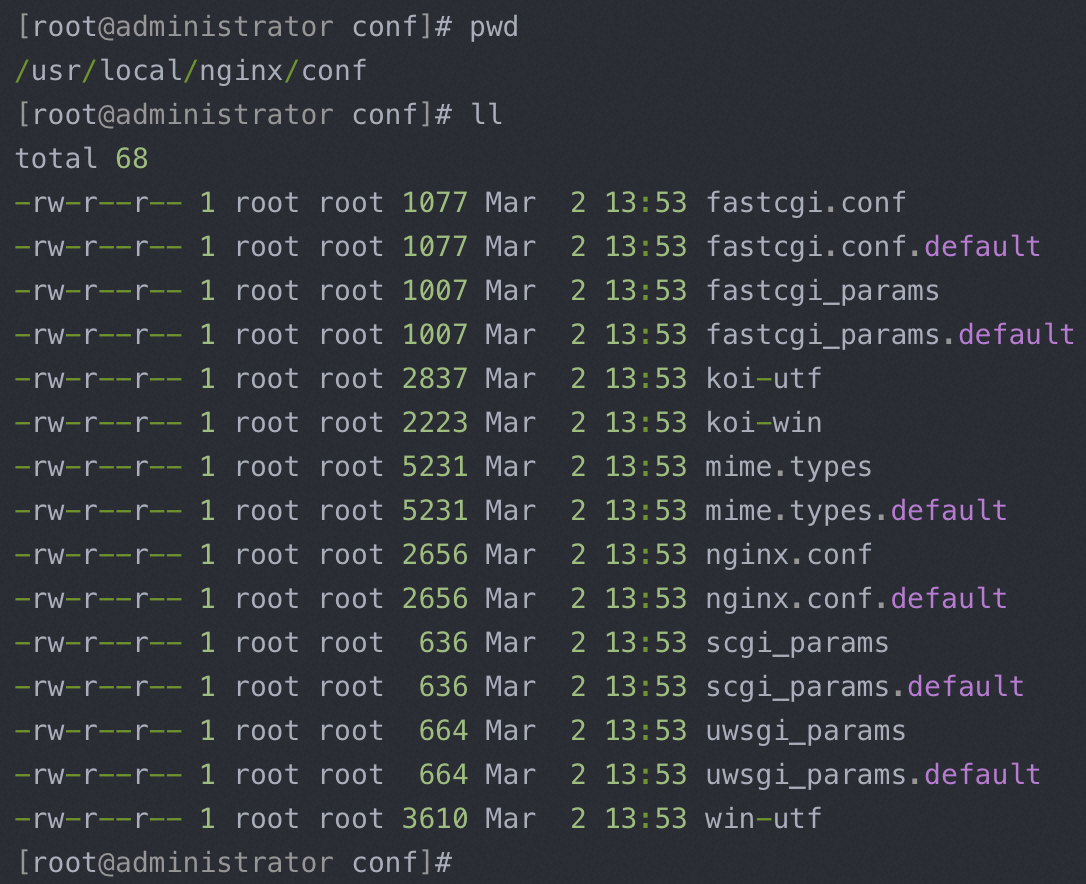
二、快速编辑nginx.conf
使用editplus编辑


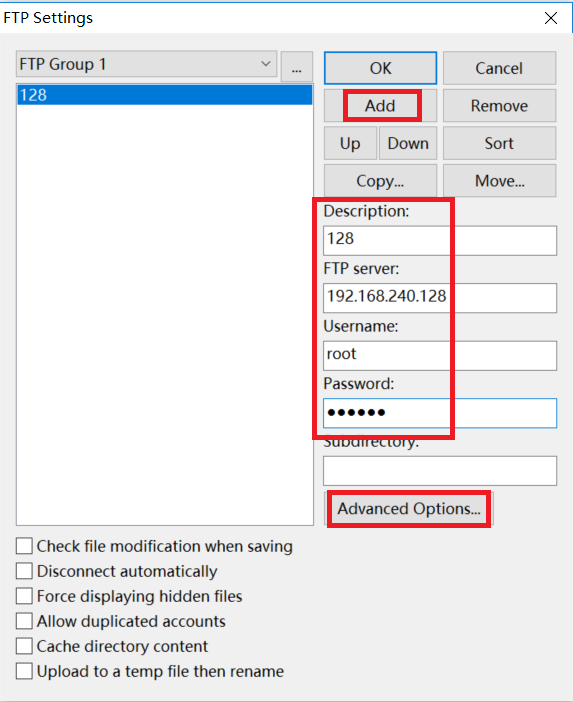
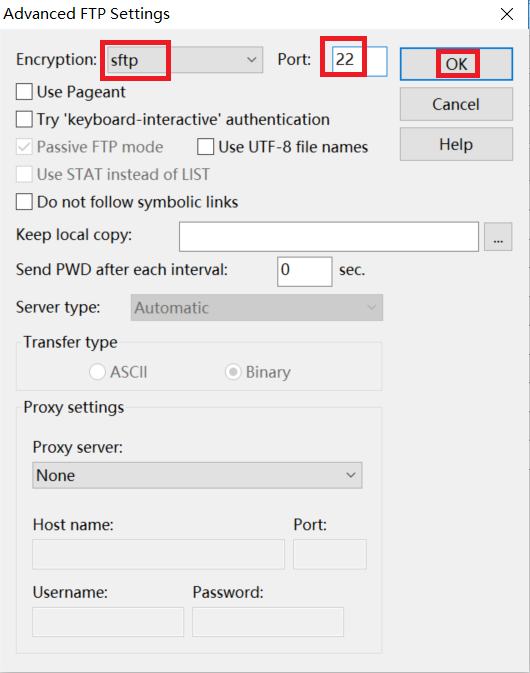
然后OK就行。
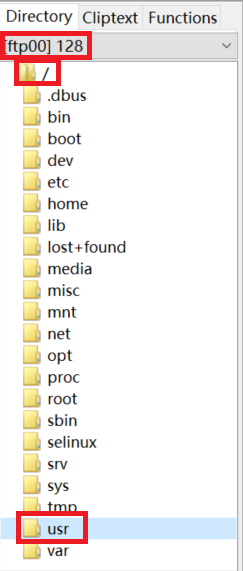
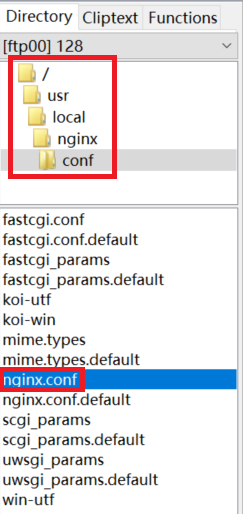
在editplus更改完nginx.conf文件后,editplus又能上传到linux上。
三、nginx.conf 规则
1. 用“#”表示注释
2. 每行配置的结尾需要加上分号
3. 如果配置项值中包括语法符号,如空格符,那么需要使用单引号或双引号括住配置项值,否则Nginx会报语法错误
4. 单位简写。当指定空间大小时,可以使用的单位包括:K或k千字节(KiloByte,KB),M或m兆字节(MegaByte,MB)
当指定时间时,可以使用的单位包括:ms(毫秒),s(秒),m(分钟),h(小时),d(天),w(周,包含7天),M(月,包含30天),y(年,包含365天)
四、Nginx的核心配置文件主要由三个部分构成
1. 基本配置、全局配置
#配置worker进程运行用户 nobody也是一个linux用户,一般用于启动程序,没有密码 user nobody; #配置worker进程数量,根据硬件调整,通常等于CPU数量或者2倍于CPU数量 worker_processes 1; #配置全局错误日志及类型,【debug|info|notice|warn|error|crit】,默认是error error_log logs/error.log; #error_log logs/error.log notice; #error_log logs/error.log info; #配置进程pid文件位置 pid logs/nginx.pid;
2. events配置
#配置工作模式和连接数
events {
#配置单个worker进程的最大并发连接数,nginx支持的总连接数就等于work_process*work_connections
worker_connections 1024;
}
3. http配置
a. 基本配置
#配置http服务器,利用它的反向代理功能提供负载均衡支持
http { # 配置nginx支持哪些多媒体类型,可以在conf/mime.types查看支持哪些多媒体类型。引入mime类型定义文件 include mime.types; # 默认文件类型 流类型,可以理解为支持任意类型 default_type application/octet-stream; # 配置日志格式 #log_format main '$remote_addr - $remote_user [$time_local] "$request" ' # '$status $body_bytes_sent "$http_referer" ' # '"$http_user_agent" "$http_x_forwarded_for"'; #配置access.log日志及存放路径,并使用上面定义的main日志格式 #access_log logs/access.log main; #开启高效文件传输模式 sendfile on; #与sendfile配合使用,当一个数据包累积到一定大小后发送,提升效率,防止网络阻塞 #tcp_nopush on; #连接超时时间 #keepalive_timeout 0; #长连接超时时间,单位是秒 keepalive_timeout 65; #开启zip压缩输出 #gzip on;
b. server配置,可以有多个
#配置虚拟主机
server {
#配置监听端口
listen 80;
#配置服务名IP域名,使用localhost访问
server_name localhost;
#配置字符集
#charset koi8-r;
#配置本虚拟主机的访问日志
#access_log logs/host.access.log main;
#默认匹配斜杠/的请求,当访问路径中有斜杠/,会被该location匹配到并进行处理
location / {
#配置服务器的默认的网站根目录位置,默认为nginx安装主目录/usr/local/nginx下的html目录
root html;
#配置首页文件/usr/local/nginx/html/index.html的名称 索引页,欢迎页(上一篇浏览器访问192.128.240.128就是访问的这个页面)
index index.html index.htm;
}
#配置404页面
#error_page 404 /404.html;
# redirect server error pages to the static page /50x.html
#错误50x错误提示页面
error_page 500 502 503 504 /50x.html;
#精确匹配
location = /50x.html {
root html;
}
#PHP脚本请求全部转发到Apache处理
# proxy the PHP scripts to Apache listening on 127.0.0.1:80
#
#location ~ \.php$ {
# proxy_pass http://127.0.0.1;
#}
#PHP脚本请求全部转发到FastCGI处理
# pass the PHP scripts to FastCGI server listening on 127.0.0.1:9000
#
#location ~ \.php$ {
# root html;
# fastcgi_pass 127.0.0.1:9000;
# fastcgi_index index.php;
# fastcgi_param SCRIPT_FILENAME /scripts$fastcgi_script_name;
# include fastcgi_params;
#}
#禁止访问.htaccess文件
# deny access to .htaccess files, if Apache's document root
# concurs with nginx's one
#
#location ~ /\.ht {
# deny all;
#}
}
#配置另一个虚拟主机 server配置,可以有多个
# another virtual host using mix of IP-, name-, and port-based configuration
#
#server {
# listen 8000;
# listen somename:8080;
# server_name somename alias another.alias;
# location / {
# root html;
# index index.html index.htm;
# }
#}
#配置https服务,安全的网络传输协议,加密传输,端口443,运维来配置
# HTTPS server
#
#server {
# listen 443 ssl;
# server_name localhost;
# ssl_certificate cert.pem;
# ssl_certificate_key cert.key;
# ssl_session_cache shared:SSL:1m;
# ssl_session_timeout 5m;
# ssl_ciphers HIGH:!aNULL:!MD5;
# ssl_prefer_server_ciphers on;
# location / {
# root html;
# index index.html index.htm;
# }
#}
}
五、gzip压缩
用于配置http服务器

六、location匹配规则
1. 空格:默认匹配,普通匹配
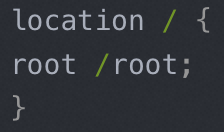
location /ace { root /opt/static; index index.html; }
浏览器访问192.168.240.128/ace,则访问的是root/ace,即/usr/local/nginx/opt/static/ace目录下的index.html文件。
2. =:精确匹配

3. ~*:匹配正则表达式,不区分大小写

4. ~:匹配正则表达式,区分大小写

5. ^~:以某个字符路径开头

七、upstream指令
配置http服务器里面的指令,upstream配置负载均衡
1. max_conns参数
限制每台server的连接数,用于保护避免过载,可起到限流作用
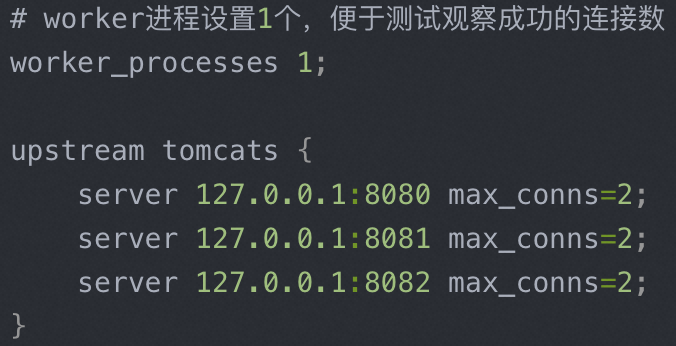
2. slow_start参数
缓慢启动加入集群,启动开始请求流量由小慢慢到大,商业版,需要付费


3. down参数
将服务器标记为永久不可用
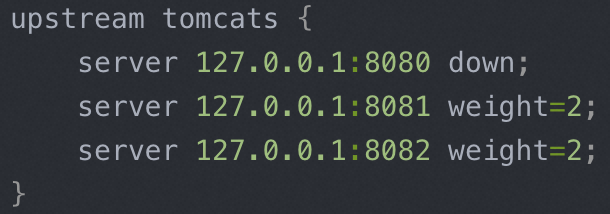
4. backup参数
表示当前服务器节点是备用机,只有在其他所有的服务器都宕机以后,自己才会加入到集群中,被用户访问到
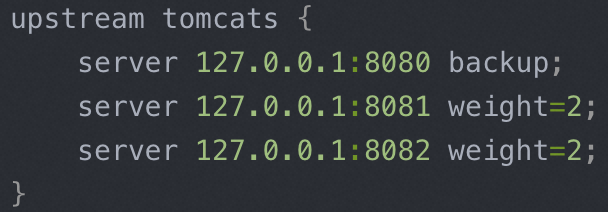
![]()
5. max_fails参数
表示失败几次,默认1次,则标记server已宕机,剔出上游服务
6. fail_timeout参数
表示失败的重试时间,默认10s
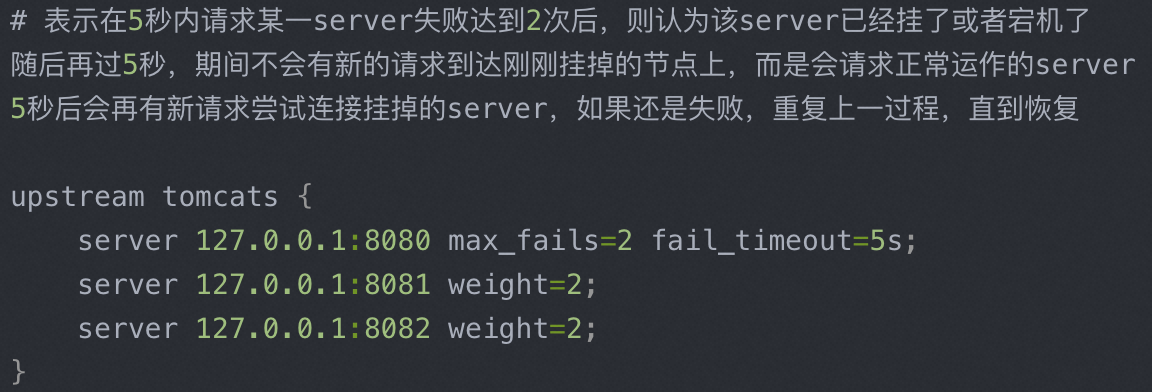
7. keepalive
用于提高吞吐量

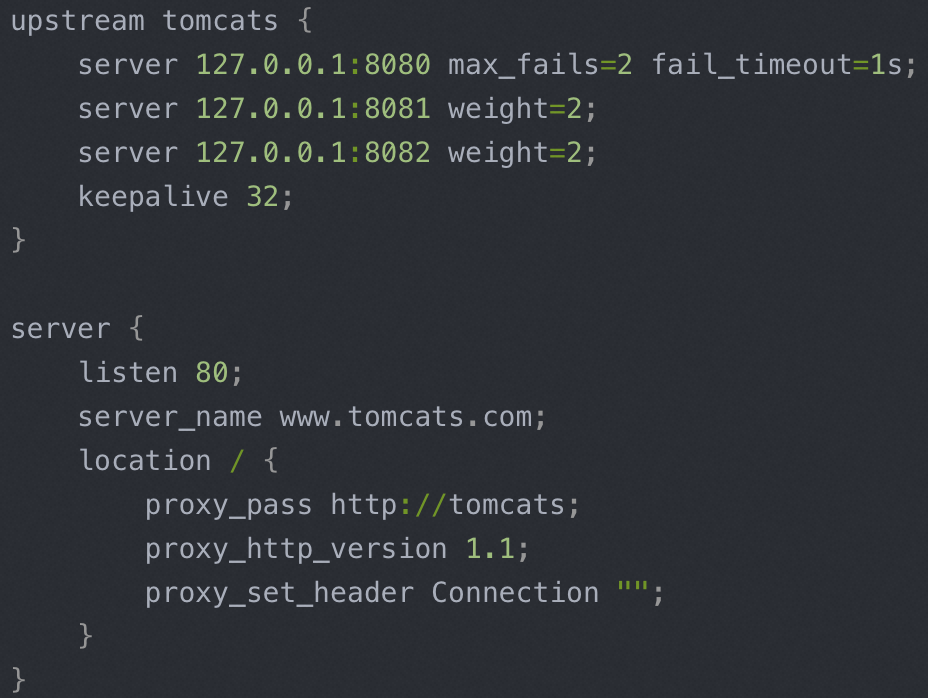
八、缓存配置
1. 浏览器端的缓存
![]()
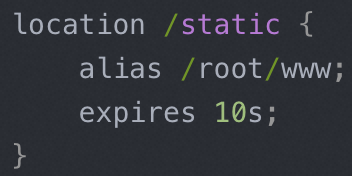

2. 反向代理端的缓存
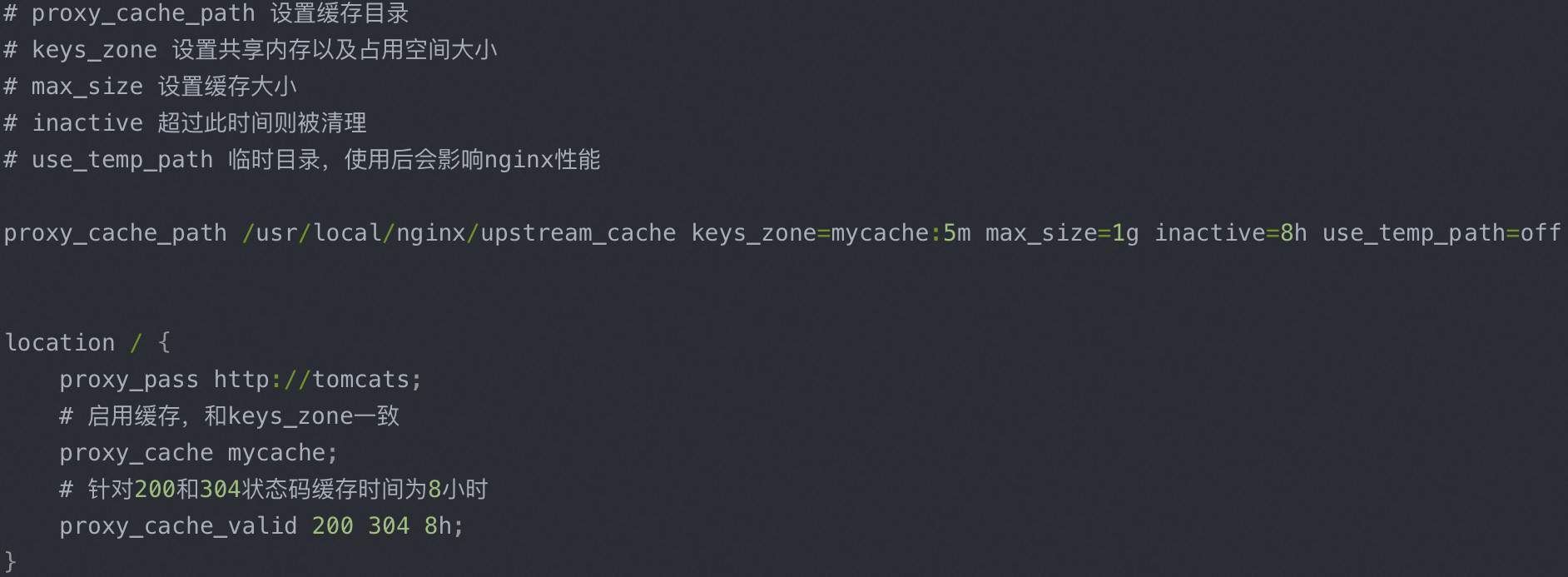
九、location的匹配优先级
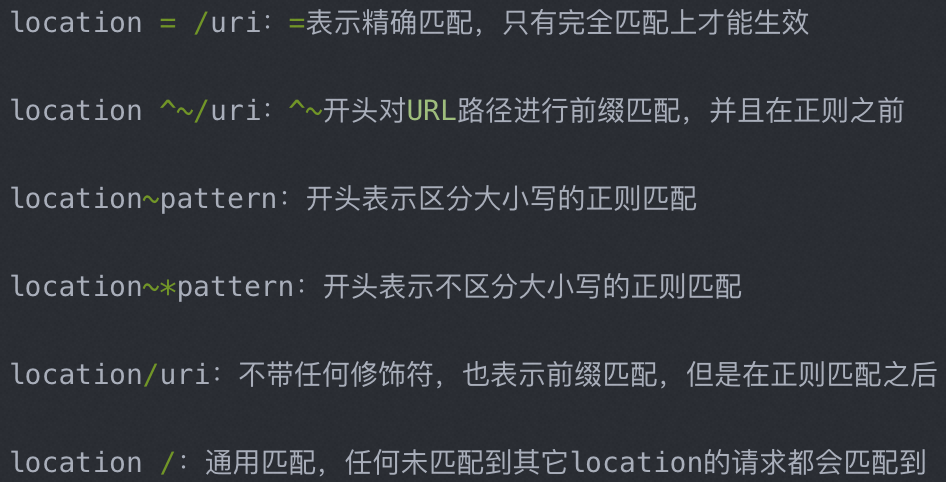
十、日志
1. 日志配置
a. 配置日志格式内容

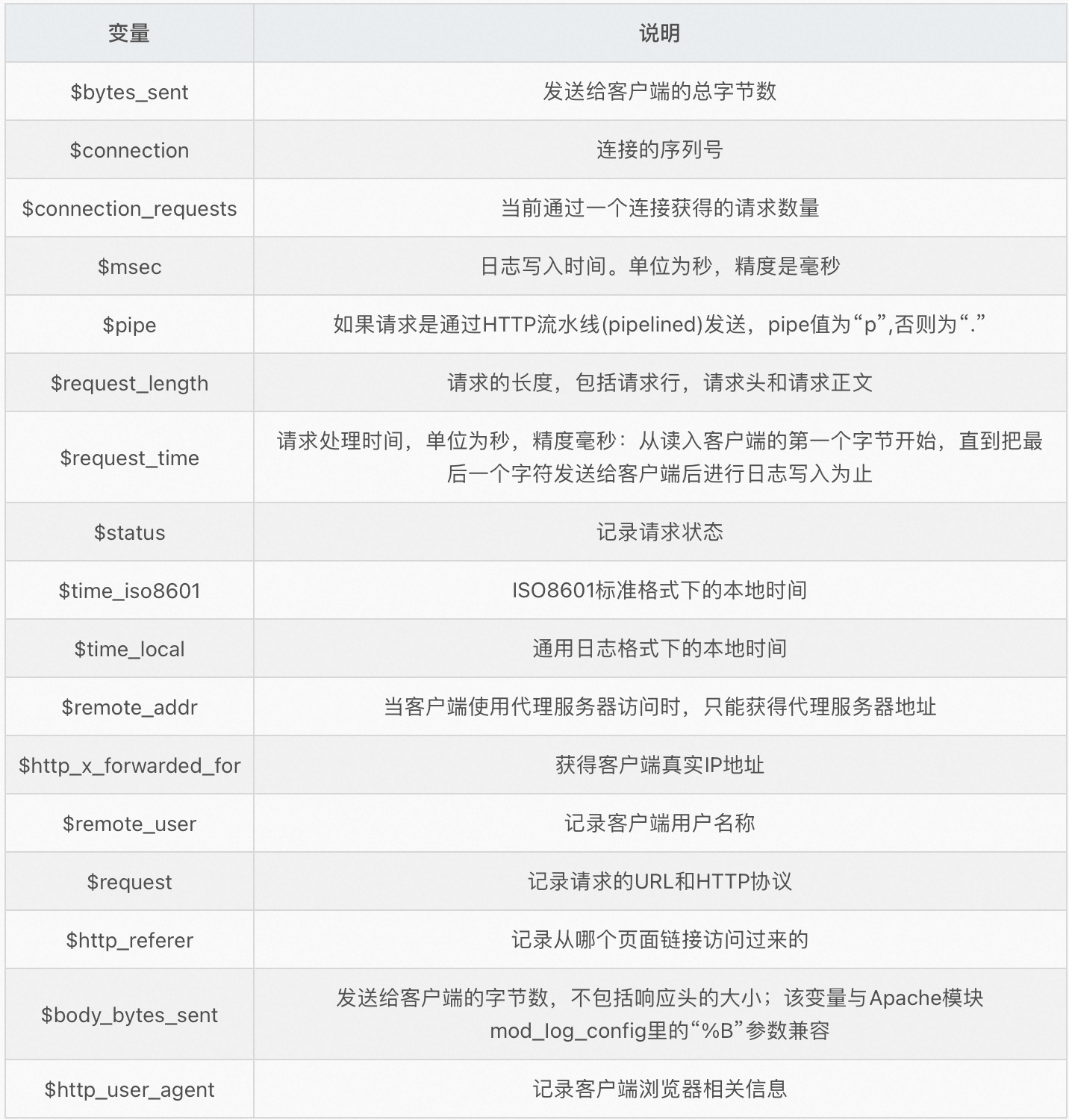
b. 配置日志
![]()

2. 日志切割
a. 创建shell文件
/usr/local/nginx/sbin目录下创建logs_cut.sh可执行文件

b. 添加可执行的权限
![]()
c. 测试日志切割
![]()
d. 使用定时任务
安装定时任务
![]()
crontab -e编辑并且添加一行新的任务
![]()
重启定时任务
![]()
常用定时任务命令
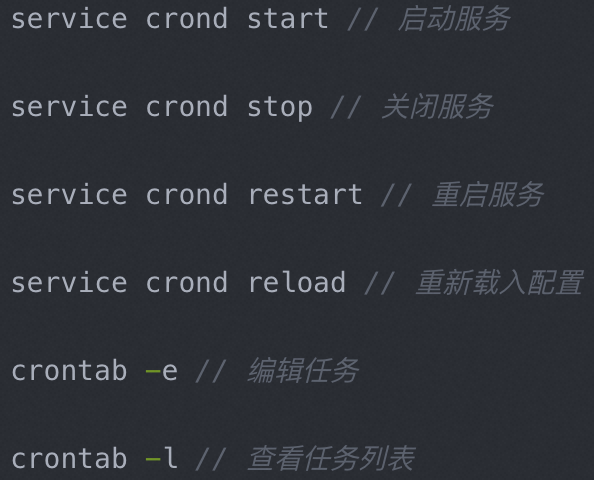





 浙公网安备 33010602011771号
浙公网安备 33010602011771号